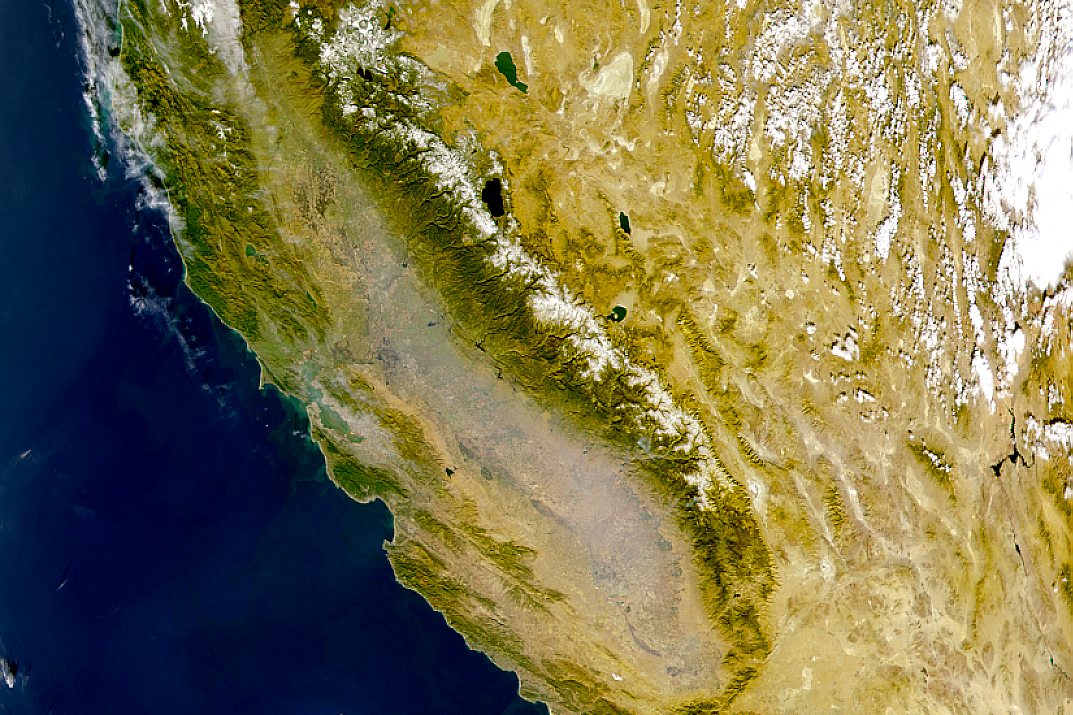By Jane Berg and Tamara Enz June 6, 2025 What is the Internet of Animals? For…
Interns to Present Research at ’17 AGU Meeting
This past summer, thirty-two undergraduate students completed a NASA summer internship designed to provide them with an airborne Earth science research experience. The NASA Student Airborne Research Program (SARP) is run by the National Suborbital Research Center at the BAER Institute. Each summer, outstanding undergraduate STEM majors from colleges and universities across the United States participate in the program at NASA Armstrong and the University of California Irvine. Participants in SARP fly onboard a NASA research aircraft, assist in the operation of instruments onboard the aircraft, and take measurements at field sites.
https://www.nasa.gov/centers/armstrong/features/students_to_study_earth.html
In 2017, the students were divided into four research groups based on their interests and preferences. Each group (ocean remote sensing, land vegetation remote sensing, tropospheric chemistry and whole air sampling) was led by a university faculty member and a graduate student research mentor. Within the four research groups, each student developed an individual research project from the data collected. In addition to the airborne 2017 data collected during the program, many students used data from previous SARP flights going back to 2009 as well as data from other NASA airborne campaigns, satellites and ground sites. Each student wrote an abstract on their individual project results and delivered a final oral presentation at the conclusion of the program.
Several student research projects focused on the recent California drought and its impacts on trees, soil cover, green vegetation, and phytoplankton. Students compared remote sensing imagery of land and water surfaces taken before and after the drought to understand and map its impacts. Related projects focused on wildfires, including mapping active fires, investigating emissions from fires, and understanding how vegetation recovers post-fire. Student projects also looked at emissions from agriculture, natural gas and oil fields, airports, and urban emissions in the LA Basin and CA Central Valley. Many students investigated how these emissions impacted air quality locally and across California (including poor air quality at national parks where students took ground samples).
The research that the students completed was of a very high caliber. Nine 2017 students submitted their research to the American Geophysical Union Fall Meeting in New Orleans in December and will give first-author poster presentations. The students are presenting in a wide variety of sessions across atmospheric science, biogeochemistry, hydrology, and global environmental change.
Speaking for the SARP science team, Barry Lefer, SARP program scientist at NASA Headquarters in Washington, said, “We are always impressed that the SARP student participants frequently present publishable-quality research. This demonstrates that providing undergraduates access to NASA research aircraft instrumentation and mentoring both sparks their interest in pursuing a career in Earth system science and provides them the opportunity to make real contributions to the fields of Earth and atmospheric sciences.”
For more information about SARP and to apply in 2018, please visit: baeri.org/sarp




